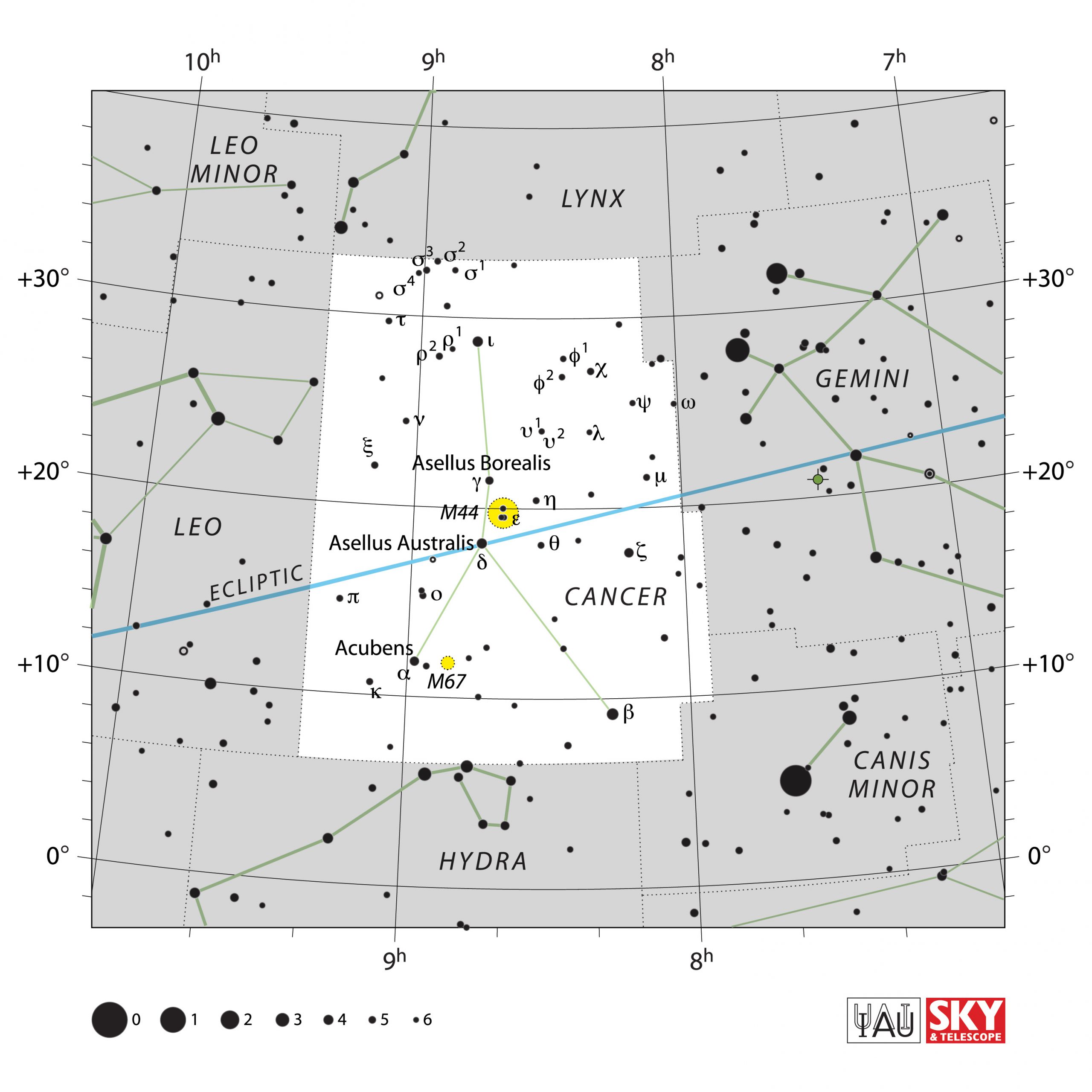Profile / Characteristics
| English translation | Latin declination and pronunciations | Size/ °² | # stars (visible) |
| the Crab | Cancer – CAN-ser Cancri – CANG-cry | 506 | 102 |
Main Star (brightest one):
| Designation | HIP number | name in IAU-CSN | brightness |
| bet Cnc | HIP 40526 | – | 3.52 mag (V) |
Our (modern) Explanation
Cancer represents a crab that was crushed by Heracles while he was fighting the Dragon (Draco), after which the goddess Hera placed the crab among the stars. Some early modern drawings also represent these stars with the image of a lobster, but the original Babylonian image was the Seat of the God of Heaven, represented by the quadrilateral of stars boxing the open star cluster M44.”
Ancient Globes
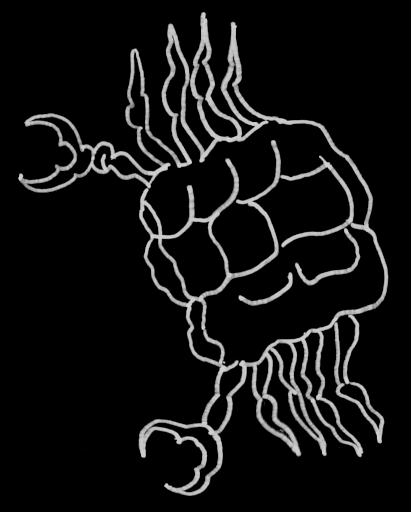
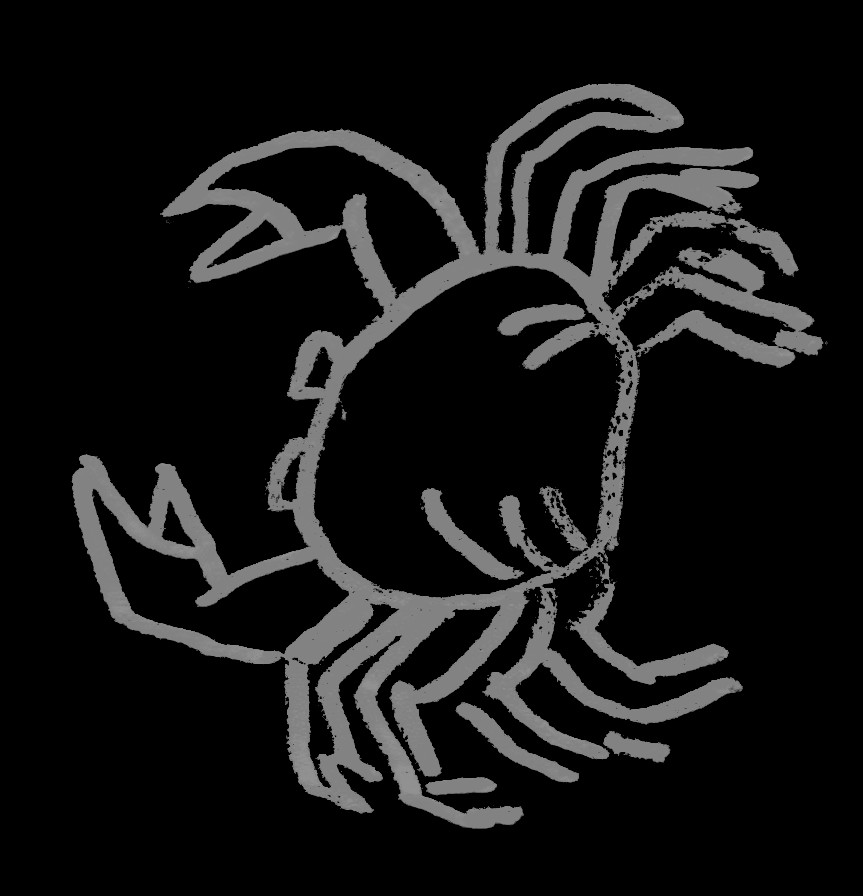
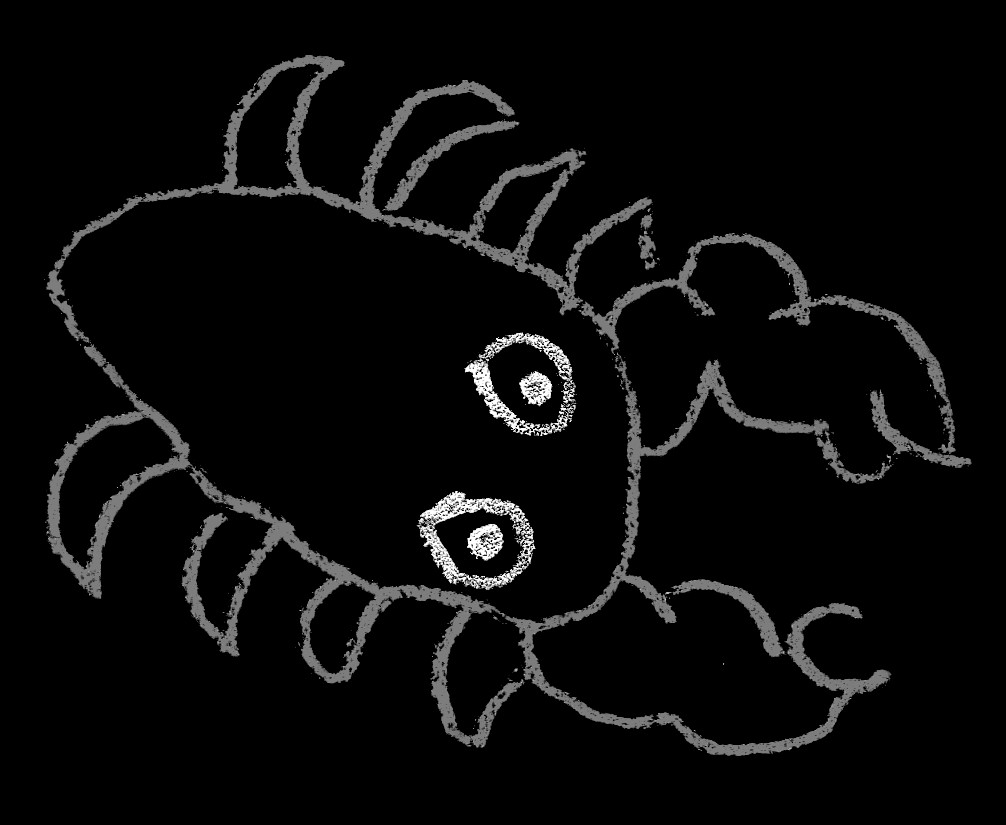
Farnese Globe
Kugel Globe
Mainz Globe
Ancient Lore & Meaning
Aratus
Reference:
English translation by Douglas Kidd (1997).
Aratus: Phaenomena, Cambridge Classical Texts and Commentaries, Series Number 34
Pseudo-Eratosthenes
he jumped out of a lake and pinchend Heracles during his fight with the snake but Heracles stepped on him and killed him. Some stars are called asses to comemorate the battle of the gods against the giants because the asses scared the giants.
References:
French translation by:
Jordi Pàmias i Massana and Arnaud Zucker (2013). Ératosthènes de Cyrène – Catastérismes, Les Belles Lettres, Paris
English version in:
Robin Hard (2015): Eratosthenes and Hyginus Constellation Myths with Aratus’s Phaenomena, Oxford World’s Classics
Modern and Mediaeval Depiction
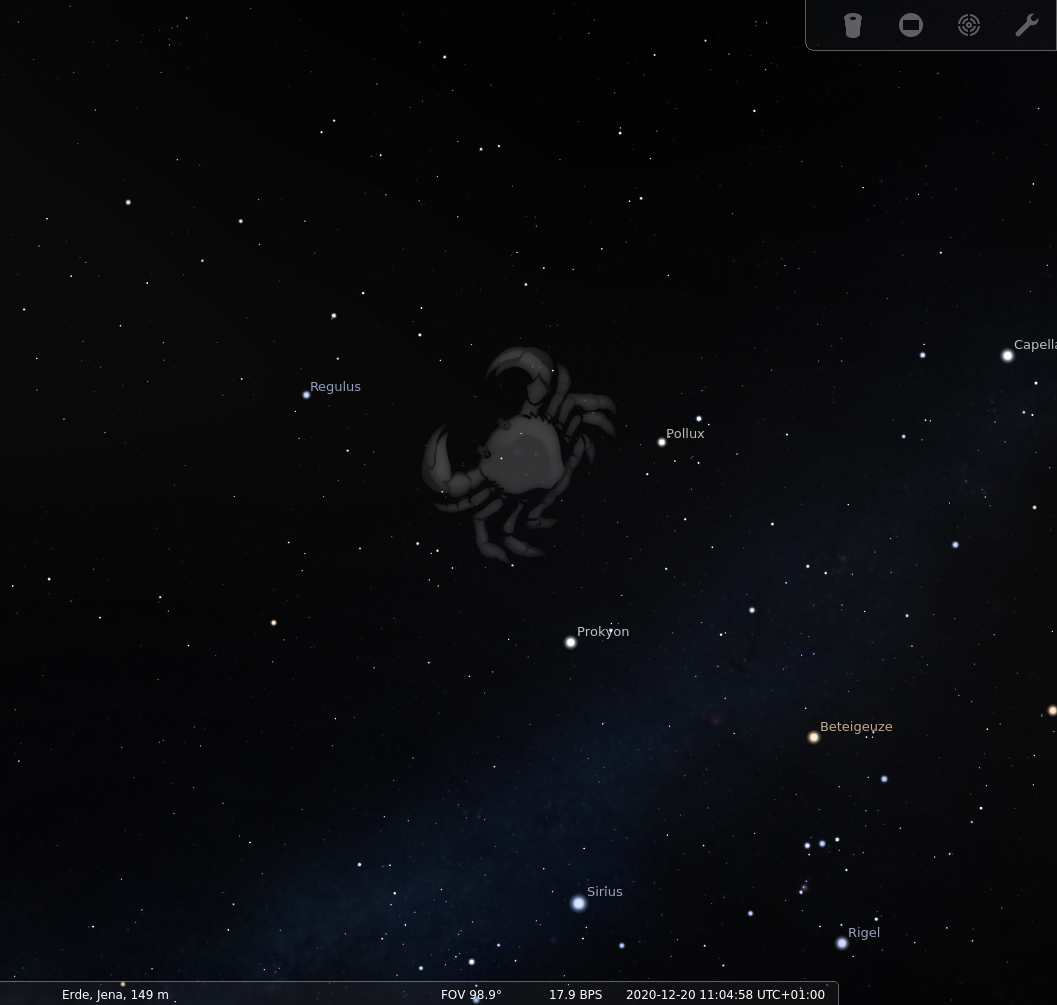

Depiction in Stellarium (by Fabien Chéreau, since 2000 CE)
depiction in the Leiden Aratea (9th century CE)
Early Modern Interpretation
Contemporary
As one of their first tasks in the 1920s, the newly founded International Astronomical Union (IAU) established constellation standards. The Belgian astronomer Eugène Delporte was assigned to the task to define borders of constellations parallel to lines of declination and right ascension. They were accepted by the General Assembly in 1928. The standardized names and abbreviations had already been accepted in 1922 and 1925.
